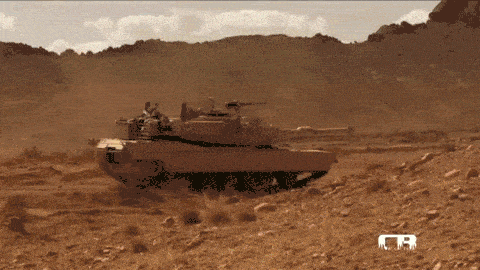We here at ZME Science we aren’t very fond of war. We’d rather have a beer in the shade and solve our differences with rock-paper-scissors. But we (meaning I) also think that tanks are really awesome. They embody so much of what humanity has learned over the millennia. Fire and mining to forge their hulls, gunpowder to send a shell kilometers away to a point — a point that we can calculate with centuries’ worth of math. They communicate with each other through radiation. They’re really cool.
First things first. How do we use them?
Throughout history, two main schools of thought attempted to clarify what each tank is supposed to do. One focused on function, and the other on weight.
In the early stages of tank technology development, British doctrine divided the vehicles in two classes: infantry and cavalry tanks. Soviet Russia and France used this clasification up to World War II. This school of tank tactics developed based on experience from the first world war. Military thinkers took the conflict, with its bogged down trenches and static nature, as a basis on which to develop tank doctrine.
Infantry tanks were designed to assist foot soldiers in an attack. They sacrificed speed for thick armour plates, as they only needed to be as quick as the infantry they supported. The class was however never intended to have powerful anti-tank capabilities, and were not necessarily better armed than other types. While extremely durable (one Churchill Mk III. was allegedly hit more than 80 times by anti-tank rounds and survived in the Second Battle of El Alamein), their slow speed and limited anti-armour capabilities meant they were over-specialized and their role was incorporated into the main battle tank (MBT).
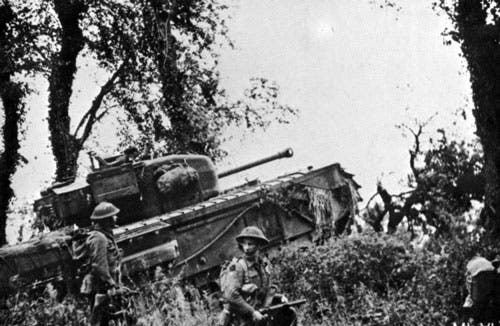
Image via: flamesofwar.com
Cavalry (or cruiser) tanks were intended to be fast and mobile, and operate independently from other, slow-moving branches of the army, such as infantry or artillery. They were envisioned as fast, mobile weapon platforms. Meant to exploit breaches in the front line and disrupt enemy supply and communication lines, they drew heavily from cavalry doctrines, hence their name. In practice, their thin armour and light armament made them relatively vulnerable. Their development was abandoned, their role also being taken over by the more flexible main battle tanks after the war.
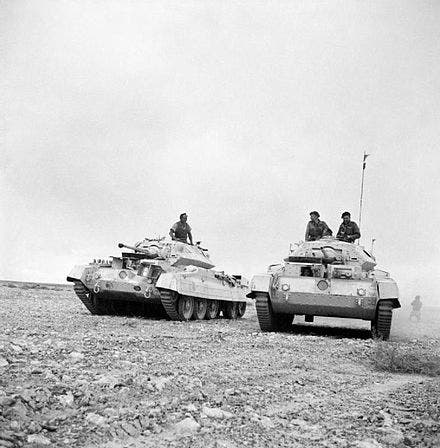
Image via wikiwand.com
Weight classification takes into account the maximum load limit of the vehicle, and is intended to accommodate logistic requirements of the tanks. Due to technological limitations of the time (prior to World War 2, which carried on in the conflict) a designer could produce a tank with high maneuverability, armour, or a large gun, but generally not all three at the same time. As such, classification by weight served to illustrate, in broad lines, the intended role of the vehicle. The exact weight values vary between time periods and countries, however, so it should be treated as a relative rather than absolute method.
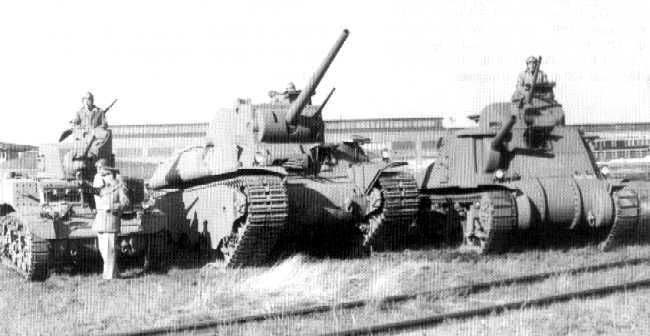
From left to right: M3 “Stuart” Light Tank, M6 Heavy Tank, M3 “Lee” Medium Tank.
Image via pintrest.com
Tankettes were made both in one- and two-man models. Some were so low that the occupant had to lie prone. They resembled small tanks, roughly in the size of a modern day car, carried almost no armour and were usually only armed with machine guns. Some countries adopted them into service as they required very little industrial capacity to produce. While development of the concept was officially abandoned after the war, some modern infantry fighting vehicles do fit the definition of a tankette.

Image via: militaryfactory.com
Light tanks were a prominent class in pre-World War II armies, and their intended role overlaps heavily with that of cruiser tanks, designed for rapid movement, exploiting breakthroughs, and reconnaissance. As such, they carried only modest main armament and thin plates to keep down overall weight. In combat situations their light armour made them vulnerable to virtually all anti-tank weapons they were likely to face, and their low-caliber guns made it risky to engage enemy armour. But they were also cheaper to produce and deploy than other tanks.
The light tank has been one of the few tank variants to survive the development of the main battle tank, and has seen use in a variety of roles including the support of light airborne or amphibious forces and reconnaissance.
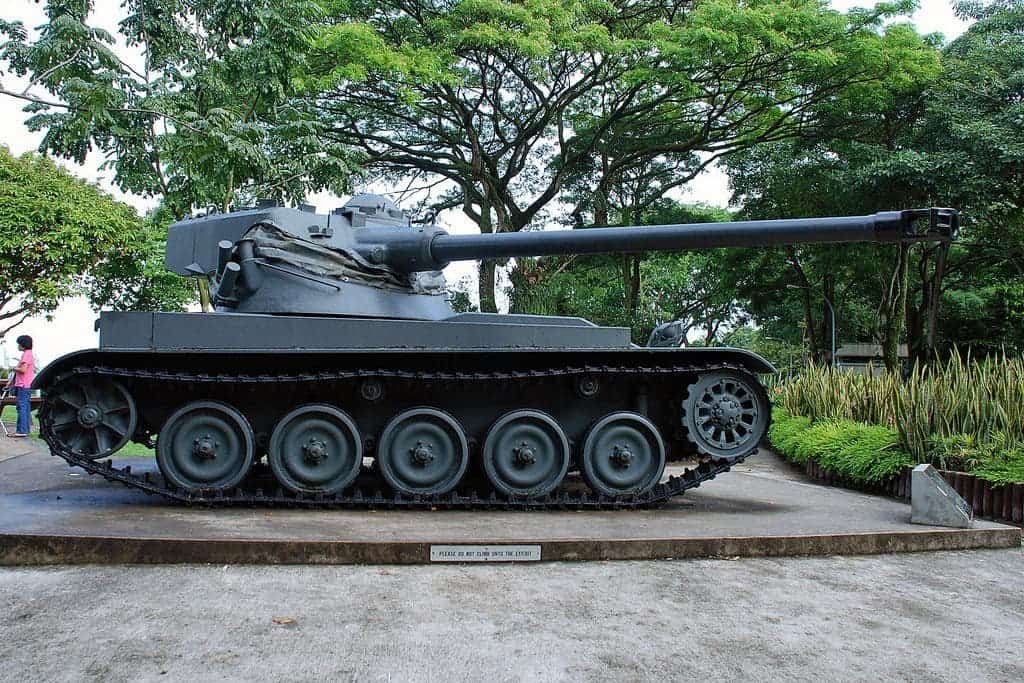
Image via: flickr.com
Medium tanks strive to strike a balance between armour, firepower, and mobility. Designed with flexibility and battlefield adaptability in mind, they were the jack-of-all-trades and represented the workhorse of armour corps throughout World War II. Cost-effective and able to either out-fight or out-maneuver any opposition they faced, some of the most widely-produced and successful designs of the time belonging to this class. Their development lent heavily to the modern concept of an MBT.
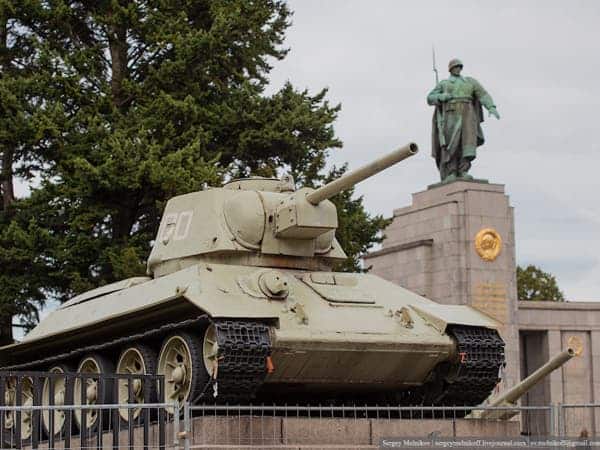
Image via rg.ru
Heavy tanks were designed with one job in mind: the direct engagement of enemy armour and fortifications. As such, they boasted thick steel plates and some of the most advanced main weapons available at the time. Heavy tanks didn’t always sacrifice mobility due to their weight. Advances in suspension and power plant technology, along with the use of wider tracks, allowed for good mobility and maneuverability on all terrain. Their greatest drawback is cost which translates into production, resulting in short supplies. For example, the cost of a single King Tiger was estimated at 800.000 Reichsmarks and required total of 300.000 man hours to complete, an immense expense compared to other vehicles available at the time. With the proliferation of cheap hand-held anti-tank weapons and advances in guided munitions and gun technology, heavy tanks are considered too expensive to field and impractical in today’s battlefields.
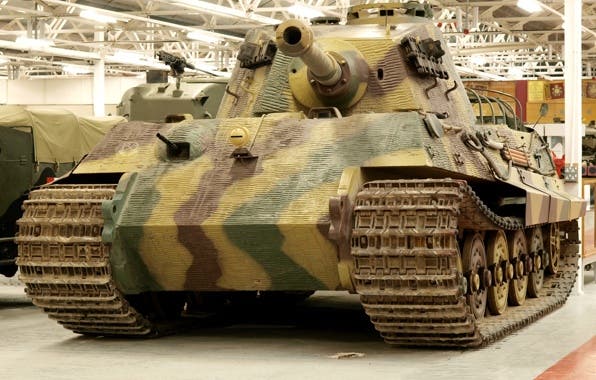
Image via: goodfon.su
The concept of the medium tank gradually evolved into the MBT during the 1960s when medium tanks could mount guns that could penetrate any practical level of armor at long range. Also, the heaviest tanks were limited in their ability to use most bridges. The concept of heavy tanks became obsolete because the large tanks were too expensive and just as vulnerable to damage by mines, bombs, rockets, and artillery. The Main Battle Tank evolved as an attempt to create an universal vehicle, able to effectively perform tasks traditionally segregated between the classes of tanks, in all situations listed above. Advances in composite armour, gun technology, digital targeting, tracking and command systems as well as gas turbine engines make them very deadly, very capable machines.
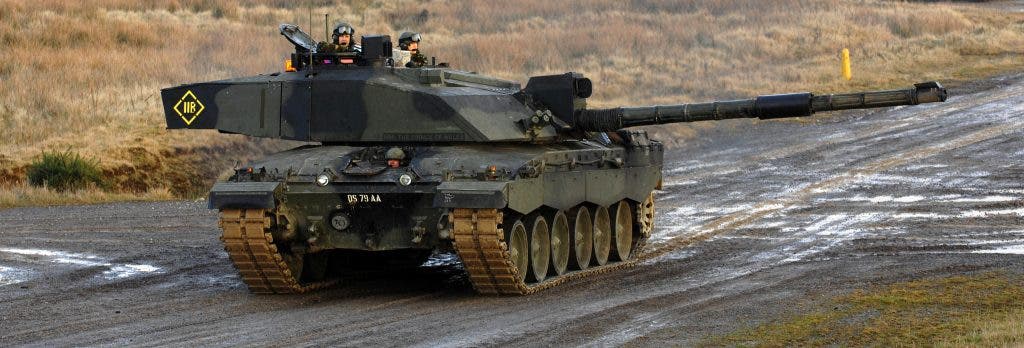
Image via: wikimedia.org
Ok but tell us about the tanks themselves!
Let’s start with the basic layout that most modern tanks today use

The conventional layout of modern MBTs follows the design set down by Louis Renault in his Renault FT-17 light tank, with the driver’s compartment at the front, turret and fighting compartment in the middle, and the engine and transmission installed in the far end of the tank, separated by a metal bulkhead from the rest of the vehicle. The main and secondary weapon are installed in the rotating turret to allow fire in any direction without having to rotate the hull.
Mobility
A machine consists of a power source and a power transmission system, which provides controlled application of the power. Merriam-Webster defines transmission as: an assembly of parts including the speed-changing gears and the propeller shaft by which the power is transmitted from an engine to a live axle.
MBTs use gas turbine engines instead of piston engines, a type of internal combustion engine that uses an upstream rotating compressor coupled to a downstream tourbine, and a combustion chamber in between. The first experiments in using such engines on tanks were ran by the German army in 1944. They are lighter and smaller than diesels for the same power output. They are however less fuel efficient, especially at idle, thus requiring larger fuel tanks to be installed, more frequent refueling, and more logistical support. Usually paired with automatic transmissions and engine control computers, their powerplants make MBTs highly mobile given their overall weight.
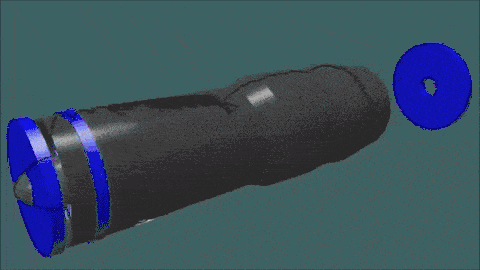
Protection
Defensive methods employed by modern vehicles come in two variants: softkill and hardkill measures.
Softkill measures encompass any system that tries to interfere with a weapon’s sensory systems, be it artificial such as an infrared sensor, or human sight or hearing. They can be on-board or expendable, i.e. fixed on the platform and protected or ejected from the vehicle (such as flares). Softkill measures attempt to make a vehicle un-targetable by altering the signature of the target, either concealing the platform signature or enhancing the signature of the background, thus minimizing the contrast between the two; also called preemptive action. Should this fail, reactive action, based on the tactics of signature imitation, augmentation, or reduction, attempt to break target lock-on.
But softkill measures are not always successful. With the proliferation of cheap hand-held anti-tank weapons, the wide implementation of High Explosive Anti-Tank warheads, and advanced smoothbore guns greatly increasing the armor-penetration power of tanks’ main armament, armor that can withstand any threat becomes impractical. This is where hardkill measures come into play. They opperate shortly before a warhead/missile hits its target. The hardkill measure in general physically affects the incoming warhead/missile by means of either blast and/or fragment action. Designers have started augmenting armour plates with the use of explosive reactive armour, or ERA, and rocket defense systems, such as the Russian-designed ARENA, or the Israeli TROPHY . To enhance the plates themselves, they have started replacing classic alloys with denser metals such as depleted uranium, or composite materials.
Armour layout follows the design principles tried and tested during World War II: armour is thickest at the front of the vehicle, thinner on the sides and rear. The turret roof, bottom and top of the hull are only lightly armoured. Plates are also inclined at steep angles to increase the thickness that an incoming shell has to penetrate through, and to encourage shell ricochets.
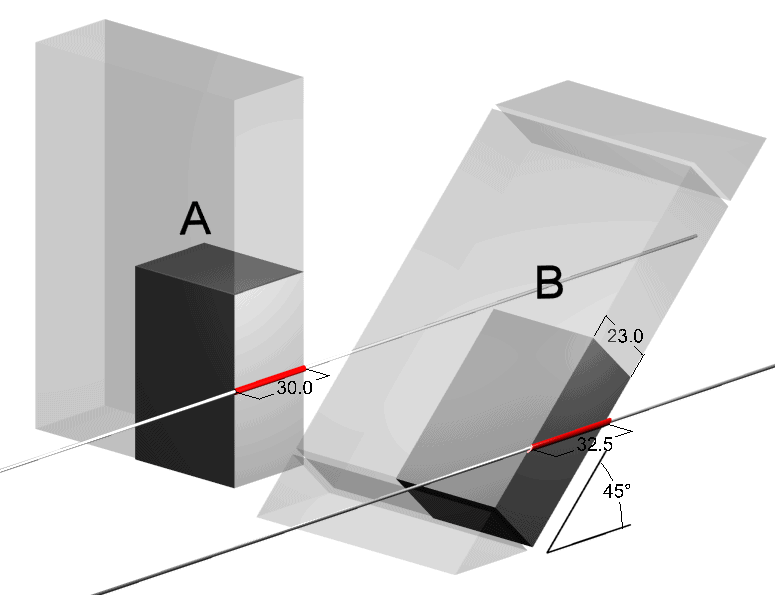
Image via: wikipedia.org
Vehicles also operate with close support by infantry and IFVs to protect them from enemy soldiers trying to attack the weaker side armour with hand-held anti-tank weapons, and to screen for mines and IEDs.
Weapons
Throughout World War II, tanks employed rifled guns. The grooves in the barrel made the shell spin during flight, increasing its stability and accuracy of fire. The rifling however requires the usage of a slightly oversized projectile that eats into the grooves, and a part of the propellant’s power is lost by the large friction this produces. Smoothbore guns lend themselves better to the firing of sabot rounds, and show less wear after multiple firing. The smaller diameter, higher velocity, and higher density of the alloys in these shells allows for a huge advance in penetration power.
Smoothbore tank guns were first developed by Soviet engineers in the 1960s with the 2A46 125 mm gun. The western reply, the Rheinmetall 120 mm gun, was developed in 1974 in West Germany. Variations of the guns are still in use in by NATO members and former Warsaw Pact countries. The primary ammunition types in use today are high explosive fragmentation (HEF) rounds, high explosive anti-tank (HEAT), and armour piercing fin-stabilised discarding sabot rounds. Some guns allow the use of guided missiles instead of conventional rounds, such as the Israeli-produced LAHAT.
The weapons are stabilized using gyroscopes, enabling the vehicles to open fire accurately on the move, and are also equipped with insulating thermal jackets to reduce gun-barrel warping caused by uneven thermal expansion, bore evacuators to minimise fumes entering the crew compartment, and sometimes muzzle brakes to minimise the effect of recoil on accuracy and rate of fire.
Traditional range finding methods have been replaced with laser rangefinding methods. Modern tanks also use sophisticated light intensification and thermal imaging equipment to improve fighting capability at night, in poor weather and in smoke. The accuracy of modern tank guns is pushed to the mechanical limit by computerised fire-control systems.
Where are they headed?
Some, such as the Israeli Merkava, contain features that bridge the gap between tanks and IFVs, with rear doors and a rear corridor, enabling the tank to safely carry and embark infantry under fire.
In a world where asymmetrical warfare is becoming more and more common, the tank vs. tank combat is rare. Tanks work in concert with infantry in urban warfare by deploying them ahead of the platoon. When engaging enemy infantry, tanks can provide covering fire on the battlefield. Conversely, tanks can spearhead attacks when infantry are deployed in personnel carriers. Critics however point out to modern day’s armour vulnerability and huge operating costs compared to lighter vehicles that, they say, could fulfill the same battlefield tasks just as effectively, only much more cheaply. The US Army revealed that it has plans to replace the modern day MBT with lighter vehicles, covered in “smart” armour.
Since the days that chariots sew terror on the battlefields of antiquity, all the way up to the steel-clad knights of Europe and Leonardo Da Vinci’s tank, we have always understood the need to provide soldiers with a mobile, well protected, well armed platform and how it can be used to rule the battlefield. Regardless of the path tanks will take in the future, the need for what they represent — a technological fist used to both protect and attack — will always resurface on the battlefield, in one shape or another. And when it does, the engineers, the designers, and the scientists, will be called upon to built it.
